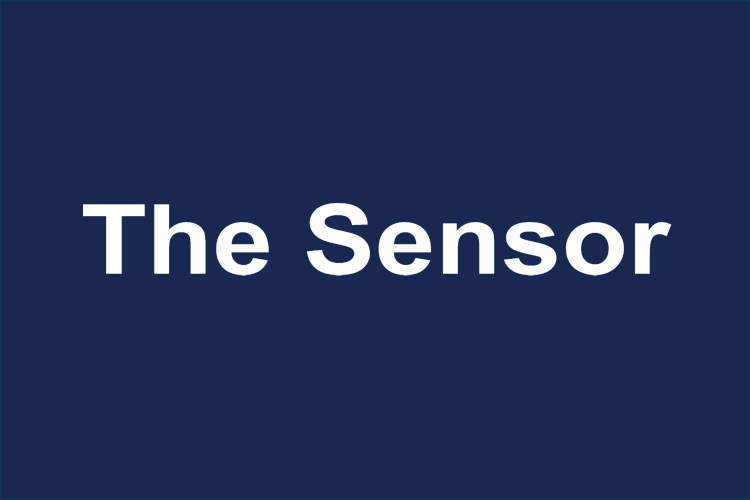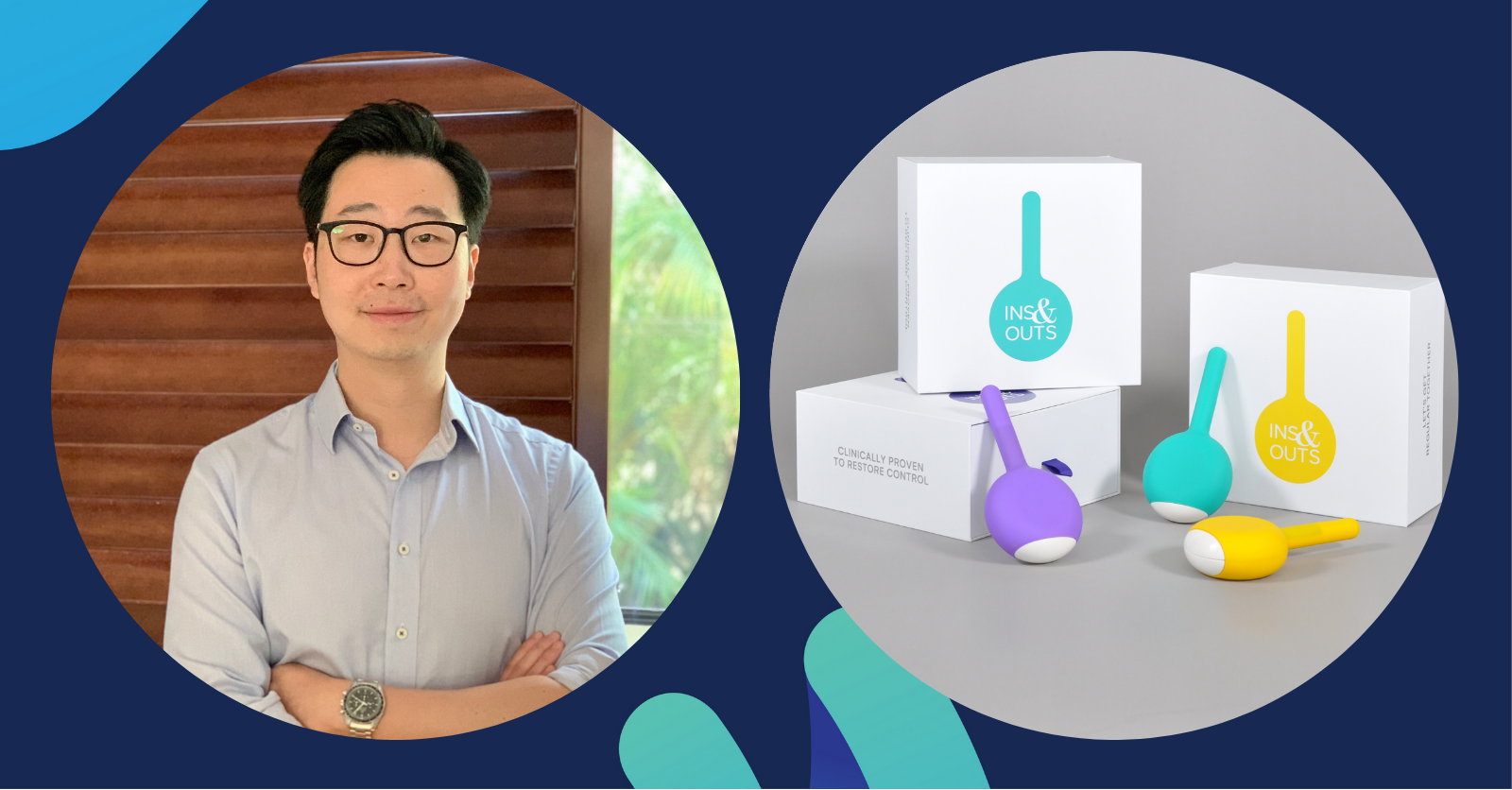An Australian-first study of adults with hearing devices is using advanced sensing technologies and wearable devices to establish if the wearing of hearing aids and cochlear implants can help prevent dementia. It’s being led by Macquarie University and supported by University of Sydney researchers.
Read MoreNSSN Board Member Hebbat Manhy shared her unconventional career journey – which has spanned engineering, manufacturing, marketing, and deep tech commercialisation at – at the Women in Sensing Summit.
Read MoreThe NSSN has secured NSW Government funding until mid-2030, enabling continued collaboration across universities, industry, and government to deliver innovative sensing solutions for real-world challenges.
Read MoreThis month, read how a student’s remark sparked a PFAS breakthrough; learn how UTS researchers are using 5G and AI for real-time flood sensing, and read how researchers are driving innovations like a new TGA-approved bowel therapy device now in hospital trials.
Read MoreFranklin Women founder and medical research scientist Dr Melina Georgousakis delivered a practical masterclass on the underestimated power of mentorship at the NSSN’s inaugural Women in Sensing Summit.
Read MoreWestern Sydney University gastrointestinal researcher Dr Jerry Zhou saw patients struggle to access treatment for common bowel disorders—so he spent five years developing Ins&Outs, a TGA-approved home therapy device now in hospital trials.
Read MoreA remark by a first-year student about a space researcher’s lack of real-world impact has led to an NSSN project which is developing a groundbreaking device capable of degrading a carcinogenic form of “forever chemicals” known as PFAS in water in just six minutes.
Read MoreWith flooding now an ever-present danger for communities in Australia and around the world, UTS researchers have demonstrated the effectiveness of world-first real-time water level and rainfall sensing technology using existing mobile phone networks.
Read MoreThe guest speakers on three panels at the Women in Sensing Summit highlighted the people behind breakthrough technologies. The key message: the future of sensing lies in diverse teams, inclusive pathways, and the drive to solve real-world problems—together.
Read MoreThis month, UTS and Western Sydney University repurpose BioScout tech to monitor indoor mould; Highlights from the Women in Sensing Summit including Former Chief Scientist of Australia, Dr Cathy Foley’s keynote speech which urged women to be part of a tech revolution; an exploration of pigeon navigation; and learn about DeteQt’s advanced magnetic sensors.
Read MoreDeteQt, a VC-backed spin-out from the University of Sydney, is developing cutting-edge magnetic sensors that detect what today’s tools cannot. Their technology has the potential to uncover critical minerals with minimal environmental impact, enable navigation in GPS-denied environments like undersea and warzones, and even detect disease in the human body.
Read MoreNature has long inspired innovation, with animals offering clues to technologies shaped by evolution. As NSSN Environment & Agriculture Theme Lead Dr Tom Hu writes, the mystery of pigeon navigation highlights how such questions can spark advances across fields like geoscience, quantum sensing, and smart technologies.
Read More










